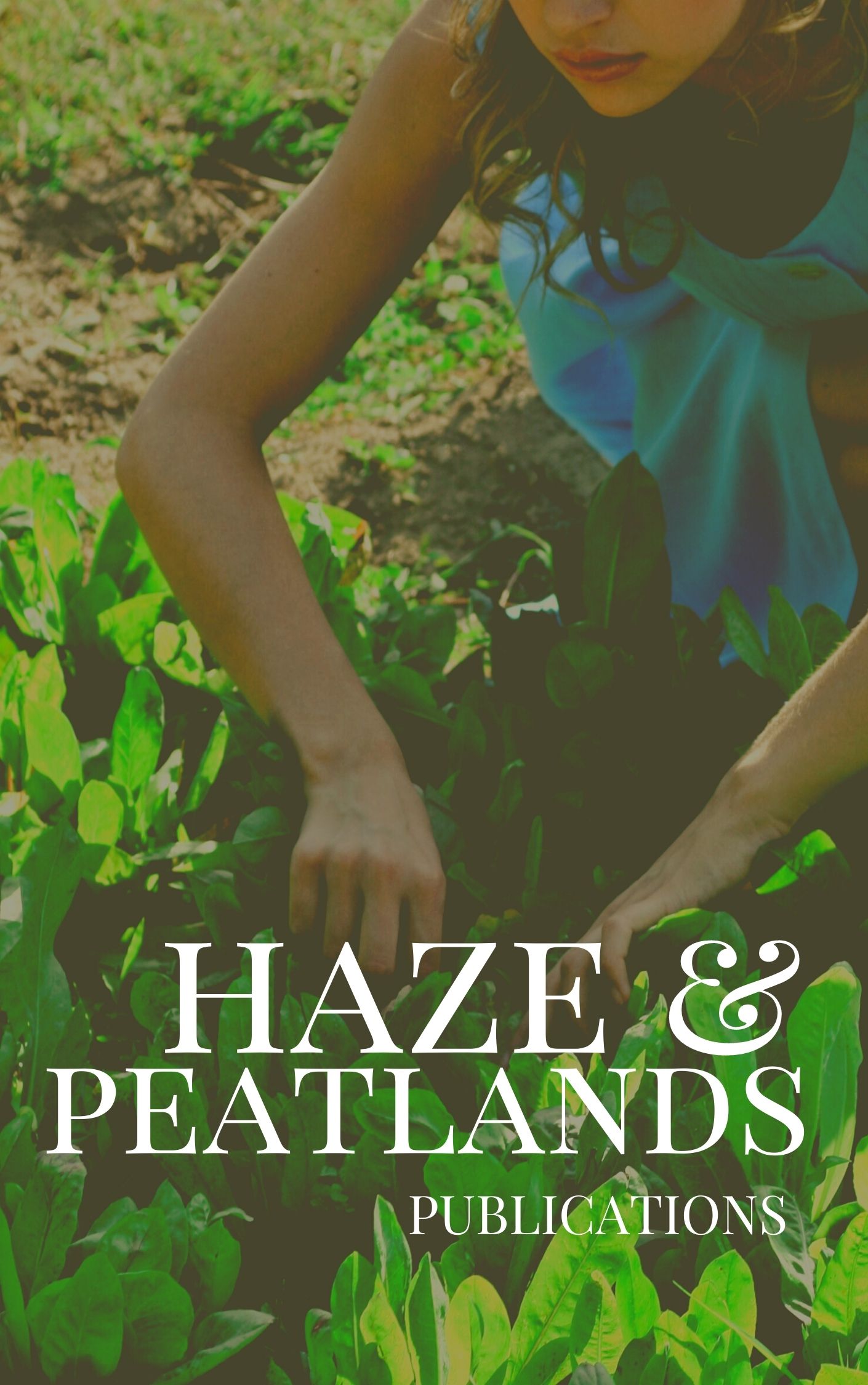Our current understanding of bird community responses to tropical forest fires is limited and strongly geographically biased towards South America. Here we used the circular plot method to carry out complete bird inventories in undisturbed, once burned (1998) and twice burned forests (1983 and 1998) in East Kalimantan (Indonesia). Additionally, environmental variables were measured within a 25 m radius of each plot. Three years after fire the number of birds and bird species were similar for undisturbed and burned forests, but species diversity and turnover were significantly lower in the burned forests. The bird species composition also differed significantly between undisturbed and burned forests, with a strong decline of closed forest preferring bird species accompanied by a strong increase in degraded forest preferring species in burned forests. These differences were strongly related to differences in environmental conditions such as shifts in vegetation cover and layering and differences in ground and understorey vegetation structure. We also found significant shifts in body mass distribution, foraging height and feeding guilds between the bird communities in unburned and burned forests. Surprisingly, repeated burning did not lead to increasing impoverishment of the avifauna, and both once and twice burned forests still contained most of the bird species that were also present in undisturbed forest, even though their densities were considerably lowered.[PUBLICATION ABSTRACT]
View source

